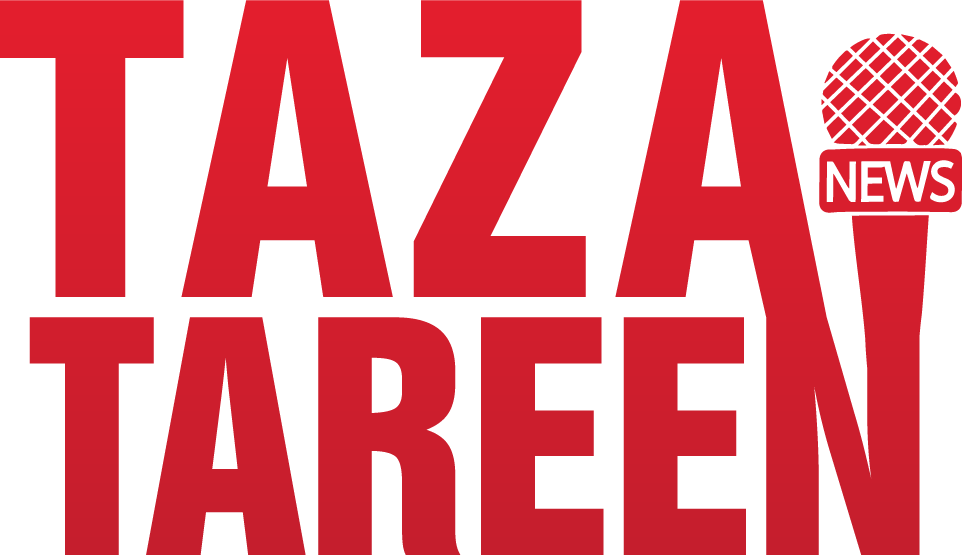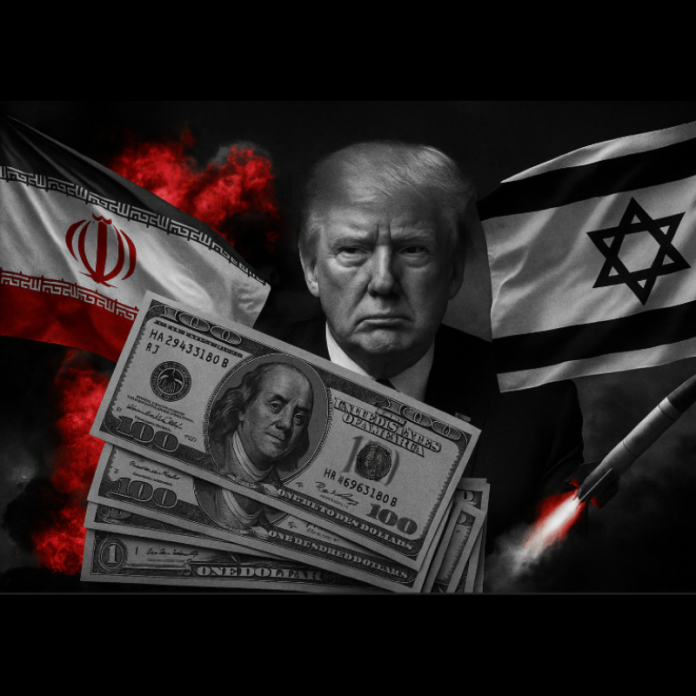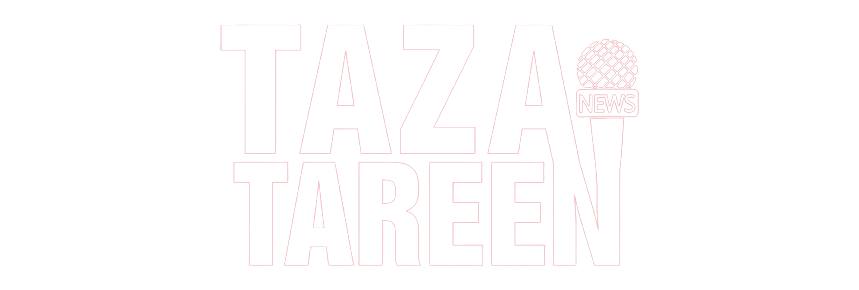The U.S. dollar remains the linchpin of the world economy. We are going to explore the hidden link between Iran, Israel and Dollar. Dollar still makes up roughly 60% of global foreign-exchange reserves and is involved in about 90% of international currency trades’ reported by reuters. This dominance gives the U.S. significant leverage: by sanctioning accounts or transactions in dollars, Washington can effectively cut off target countries from much of the financial system. However, calls to “de-dollarize” have grown louder. Major developing blocs like BRICS and China are promoting trade in their own currencies to blunt U.S. power. Even Russia bluntly announced it will accept no more dollars for its oil, preferring yuan and UAE dirhams instead. As one analyst noted, Russia’s president has proclaimed “the U.S. dollar’s clout is decreasing globally” resported by cryptorank.io. In practice the dollar’s role is still huge – two-thirds of all debt is dollar-denominated and nearly all currencies are priced against it– but emerging trends show more countries eyeing alternatives.
Why does Iran avoid using the U.S. dollar?
In a nutshell, to evade U.S. sanctions. Since U.S. penalties often attach to dollar transactions, Iran has actively shifted to other currencies. For example, in late 2023 Iran and Russia agreed to trade in rials and rubles instead of dollars. State media reported that their central bankers now allow non‑SWIFT interbank systems to settle deals in local currency. Similarly, Iran’s oil exports to China are routinely paid in Chinese yuan via clandestine methods: “dark fleet” tankers deliver Iranian oil to Chinese buyers, who pay Iran in renminbi through small banks. These moves sidestep the dollar-based financial network and reduce the risk of U.S. seizure.
Behind this strategy is Iran’s long-running standoff with the West. U.S. officials openly use the dollar’s dominance as a sanction “weapon,” so Iranian leaders bluntly vow to kick the dollar “to the backseat” of their economy. Hardline politicians have even pledged to replace the dollar in Iran’s foreign trade. In practice, Iranian businesses increasingly invoice and settle foreign contracts in euros, yuan or local currencies. This Iran dollar trade avoidance has become standard: for instance, in 2024 Iran struck oil-for-goods swap deals with neighbors, and its central bank began using a barter‑style “oil bourse” paid in non‑USD currencies. All these steps underscore that the dollar is seen by Iran primarily as a threat (via sanctions) rather than a convenience.
How do U.S. sanctions affect Iran’s economy and currency?
Severely. The sanctions regime has crippled Iran’s oil exports and cut off much foreign investment. As a result, Iran’s budget is under strain and inflation is rampant. By early 2025 the rial had plunged to record lows: one U.S. dollar fetched over 100,000 tomans (about 10 ^6 rials) on the open market – a historic decline. Iranians have coped by buying dollars and gold as inflation hedges. A NIAC Action analysis noted that factors driving this crash included Trump’s anti‑Iran rhetoric, wars in the region, and Iran’s budgetary deficits. The U.S. Treasury later doubled down: in late 2024 it announced new sanctions targeting Iranian “shadow fleet” oil tankers – aiming to drive Iran’s oil exports toward zero. Those steps directly squeeze Iran’s foreign reserves.
The economic fallout is clear. Years of sanctions have pushed inflation into triple or even quadruple digits. One report finds Iran’s eight‑year inflation rate is now around 1,500%. Loss of currency makes it a further source of inflation: as the rial implodes everything doubles in price, whether food, medicine or anything. There is collapse of stock markets, capital outflow has gone outside Iran and middle-income Iranians lost trust in the monetary system. Simply stated, sanctions achieve this outcome by straggling oil revenues and international banking connections. The Iranian answer is to hoard precious metals and to encourage non-dollar trade, but unless significant sanctions are relaxed, the economy will continue to feel the heat.
Israel’s Role in the Dollar-Based System
Unlike Iran, Israel is firmly embedded in the U.S.‐dollar system. It is one of America’s closest economic and security partners. Israel and the U.S. signed a free-trade agreement in 1985; by 2024 their bilateral goods trade was roughly $37 billion (with Israel exporting ~$22.2 b and importing $14.8 b). More importantly, Israel receives massive U.S. support – about $3.8 billion per year in military aid through 2028 (part of over $250 billion total U.S. assistance since Israel’s founding). These dollar flows mean Israel’s economy is directly tied to American policy and currency.
In practical terms, Israel uses the dollar in many ways. Israeli banks and firms frequently deal in USD-denominated contracts (especially for imports like oil, military equipment, and hi-tech products). Investors in Israeli tech or finance often hold U.S. dollars, and foreign exchange reserves at Israel’s central bank are measured in USD (over $210 b in 2025). In short, Israel is a beneficiary of the petrodollar era: it enjoys the stability of the dollar-based order and takes advantage of U.S. financial markets. It has little incentive to de-dollarize. From Washington’s viewpoint, Israel is a reliable node in its financial network: a prosperous, well-capitalized economy with deep dollar ties.
Iran–Israel Geopolitics and Financial Markets
Tensions between Iran and Israel periodically roil global markets. Traditionally, any major Middle East conflict sparks some safe-haven buying. For example, in June 2025 a surprise Israeli strike on Iran (targeting nuclear sites) caused immediate spikes in oil and gold prices. U.S. crude oil futures jumped over 8%, and spot gold shot higher as traders fled risk. The dollar itself also rose modestly: it strengthened against the euro, yen and franc on that day as investors sought safety.
However, recent conflicts have shown the dollar’s “safe-haven” appeal may be softening. One Reuters analysis found that after Israel’s June 2025 attacks on Iran, the dollar index barely budged (+0.25%) – a surprisingly weak response given prior crises. The columnist suggested markets might be reassessing their massive dollar exposure. In fact, by mid-2025 the dollar had already been falling (about 10% down for the year) before the Israel-Iran flare-up. Still, gold and oil continued to rally sharply, indicating that while investors still seek safety, they may be diversifying beyond just greenbacks.
In general, Iran–Israel clashes tend to hurt regional confidence: stock markets in the Middle East dip, and GCC currencies (pegged to the dollar) often tighten. Oil prices rise on fears of supply disruption (since about 20% of the world’s oil transits the Strait of Hormuz near Iran. Sovereign bonds of oil importers (like Egypt or Israel) come under stress. But a curious modern twist is that the U.S. dollar’s safe-haven role now competes with other havens. When Iran and Israel exchanged fire in mid-2025, both gold and Treasury bonds saw inflows. In short, while geopolitics still trigger global risk-off moves, the precise impact on USD, oil, and gold depends on broader investor sentiment. Analysts note that even under threat of war, the dollar’s “sidekick” status to these assets is evolving.
Dollar–Iran–Israel Dynamics
-
Dec 2023 – Iran-Russia local-currency deal: Iran and Russia finalize a swap to trade goods in rials and rubles, avoiding the dollar. This marks a high-profile de-dollarization move by two sanctioned states.
-
Oct 2024 – EU sanctions on Iran: The European Union expands sanctions on Iran’s military-industrial network (IRGC, missile firms, airlines like Mahan Air) for supplying Russia and proxies. These measures freeze assets and ban funding for listed individuals/entities, squeezing Iran’s global trade.
Oct 2023 – Sep 2024
Israel–Gaza War: Israel wages war against Hamas in Gaza. The U.S. backs Israel with unprecedented support – at least $17.9 billion in aid by late 2024. This war has strained Israel’s budget (the 2025 budget soared 21% to NIS 756 billion) and raised defense-related dollar flows. Meanwhile, Iran quietly assists proxies (Hamas, Hezbollah) at risk of further U.S. sanctions.
Nov 2024
U.S. Election: Donald Trump wins the presidency, promising a return to “maximum pressure” on Iran. Iran’s rial tumbles to fresh lows amid uncertainty. By year-end, the dollar hit a 3½-year low on global markets, partly fueled by dollar‐weakness and Trump’s comments. Iran’s authorities brace for renewed U.S. sanctions.
Mar 2025
Iranian rial crash: The rial plunges to a record low of ~100,000 tomans per USD. Investors point to Trump’s hawkish talks and the Gaza conflict as drivers. The crash intensifies pressure on Iran’s Central Bank to stabilize the market.
Apr Jun 2025
Nuclear talks stall: Iran and the U.S. hold mediated talks (via Oman) to revive the nuclear deal. Iran’s parliament speaker publicly rebukes a U.S. proposal that offered no sanctions relief. Tehran insists any deal must lift oil and financial sanctions. Meanwhile, the U.S. Treasury targets Iran’s oil network with new sanctions (against ships, companies, Oil Minister Paknejad) to slash exports.
Jun 2025
In one of the largest-ever Israeli attacks on Iran, Israel bombs nuclear sites and kills IRGC commanders. Iran retaliates with missile fire. Global markets jump: oil and gold soar, and the dollar inches up as traders flock to safe assets. Analysts debate whether this conflict will reshape long-term currency flows.
These recent events highlight how sanctions and war have kept the dollar‑Iran‑Israel relationship in flux. Iran’s efforts to escape dollar dependence have accelerated under sanctions, while Israel’s alliance with the U.S. ties it ever closer to dollar finances. Ongoing conflicts – from U.S. aid to Israel to Iran’s regional provocations – mean that every diplomatic shift or flare‑up sends ripples through energy markets and FX rates. For now, the dollar remains central, but all three players know that the global financial “game” can change with each sanction or strike.


